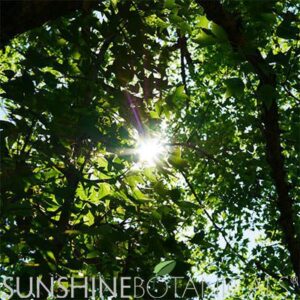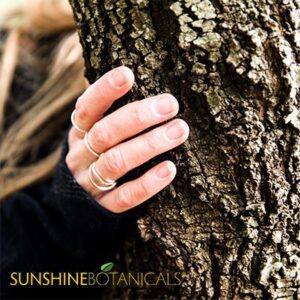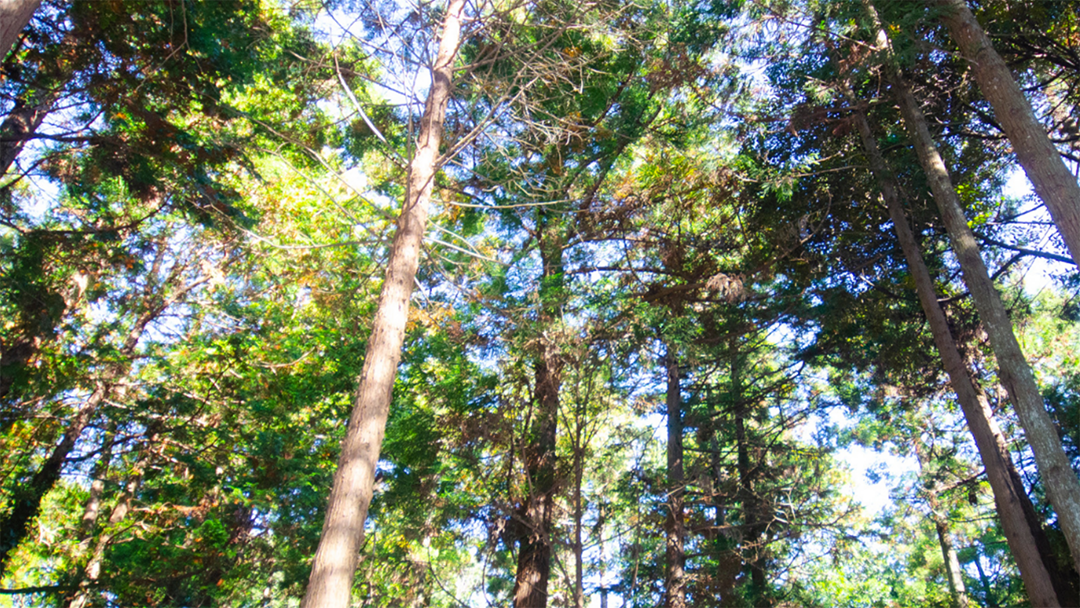
How do you get clean while getting down and dirty on the trail? It may seem counterintuitive at first, but if your equal parts are intrigued and perplexed by what exactly ‘forest bathing’ is, read on
What is Forest Bathing?
Contrary to its name, forest bathing involves no soap, towels, or even water. Forest bathing is the basic practice of spending therapeutic, intentional time in nature, whether walking, meditating, or stilling the mind and attuning to the body in some simple way. Reconnecting with nature by unplugging from the digital world is not only satisfying and relaxing. It’s essential to recentering and grounding into one’s presence and inner healing breath.
Nature therapy, which includes forest bathing, is an umbrella term used by Dr. John La Puma, Harvard guest lecturer on ‘The Science of Nature as Medicine’. Ongoing research shows that healing nature through nature works because we humans are a part of nature; we are one and the same. La Puma notes that while many countries have embraced the clinical efficacy and usefulness of nature therapy, including Japan, Australia, the UK, and much of northern and central Europe, the US lags behind in this regard. In Japan, forest bathing is called Shinrin-yoku a term developed in the 1980s by the Japanese Ministry of Forestry, which translates to “absorbing the forest atmosphere.” The art and practice are frequently recommended by various health care providers in that part of the world.
Forest bathing is medicine for the mind, giving the racing thought loops that we might experience throughout the day the permission to turn off. It allows us to step into the present moment, turning off any to-do list check-ins and offering an opportunity to tune deeply into our senses. Spending time in the woods gives our vision a chance to diversify, relaxing and honing in on both distant and near objects at the same time. Our default focus is on what’s right in front of us. Whether the screen or the stoplight, forest bathing – adjusts our lens to a softer, wider gaze rather than the spotlight of attention.

Forest bathing is being used as an adjunct treatment modality for mental health concerns from PTSD to anxiety and depression. In his clinic, Dr. La Puma “prescribes” nature therapy like forest bathing to patients with a wide variety of conditions, including myopia, ADD/ADHD, high blood pressure, insomnia, and mental health issues.[1] Forest bathing shows significant effects on lowering cortisol, inflammation, and depression while raising white blood cell count and the brain’s ability to protect itself.[2]
Phytoncides are naturally occurring chemical compounds released by trees. Not only do they possess powerful antimicrobial and antifungal properties which protect forests from pests, disease, and other invaders, but they emit compounds that are beneficial to humans, too. These phytoncides have been proven to lower and regulate stress levels, balance blood pressure, and boost immunity by increasing our white blood cell count. A particular type of white blood cells known as natural killer or NK cells have antiviral activity and help the body fight tumors and other growths. Time spent in the forest catalyzes NK cell count, optimizing overall immunity and enhancing well-being. One study demonstrated that participants enjoyed a spike in NK cell activity after an overnight weekend trip spent camping in the forest that lasted for over a month.[3]

One easy way to ground into the practice of forest bathing is to do a simple walking meditation in nature. Pick a quiet path or wooded trail and bring yourself into your body. By keeping your eyes open, allow yourself to slowly go to an intentional space and take several deep breaths into your lower belly, exhaling each one in a measured, deliberate way until your chest is empty of air. Just three deep breaths can have the effect of resetting the conscious mind.
If you like, you can try repeating an internal mantra on the exhale. “I am at peace” is a simple calming phrase that works well for forest bathing. Remember, there are many varied ways to practice forest bathing. From taking a journal into the woods and writing you’re feelings of gratitude and or sitting on a bench or with your back against a tree, doing a guided meditation or breathwork.

Forest bathing is one of the simplest self-care practices on the planet. It requires little planning, demands few accessories or props (besides appropriate insect repellent or sun protection, of course), costs nothing, and offers so much whole-body support. Nature is truly the greatest healer.
My Passion is your solution!
![]()
[1] https://www.liebertpub.com/doi/10.1089/act.2019.29209.jlp
{2] https://www.webmd.com/balance/news/20190611/forest-bathing-nature-time-hot-health-advice
[3] https://www.ncbi.nlm.nih.gov/pmc/articles/PMC2793341/
